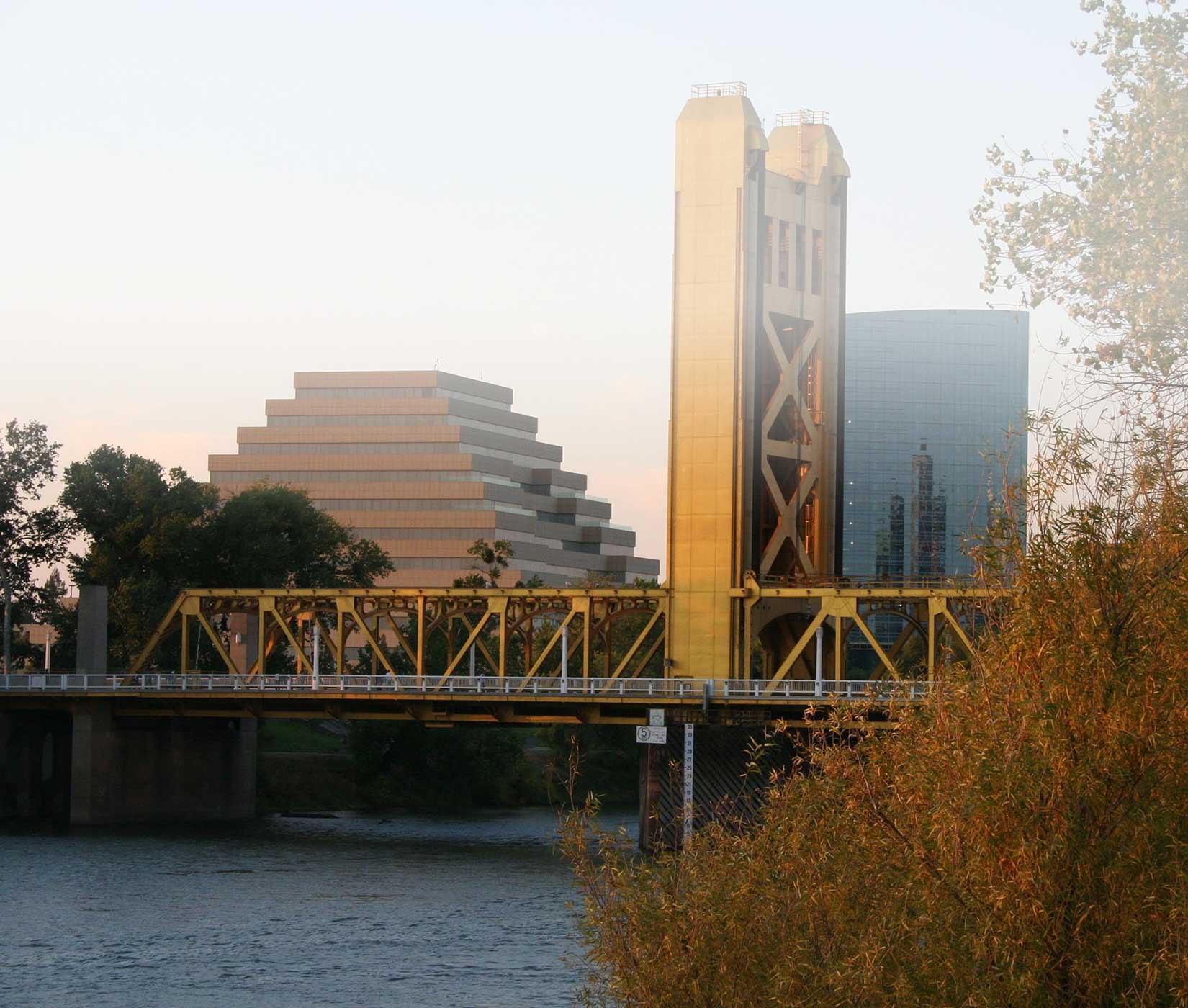Your car is worth less now than the day you got it. Gap insurance can help make up that difference.

- Gap insurance is an enhancement to auto insurance that covers the “gap” in what a car is currently worth versus what you owe on it in the event of an accident or loss.
- Without gap insurance, the insurance company will only pay for what the car is worth when it gets totaled or stolen and you may still owe money to the creditor.
- Gap insurance may be necessary if you finance a car with less than 20% down and a 60-month or longer loan term, and is typically required if you lease a car.
- The monthly payment for gap insurance is usually tacked on to the loan or lease payment, and costs about 5% of the annual comprehensive and collision insurance premium.
If you drive a car in the United States, you need auto insurance.
The average driver pays about $78 a month for car insurance, according to ValuePenguin, but it varies depending on location, driving record, and other factors. If you lease a car or finance the purchase of a car, you may have an extra payment tacked on to your premium for gap insurance.
Gap insurance is “guaranteed auto protection” that covers the difference between what you owe on the car and what it’s worth at time of an accident, theft, or other type of loss, according to insurance-comparison site Policygenius.
Your lease or loan payments, plus interest, are determined by the car’s value at the time of purchase, but cars depreciate quickly. If your car is totaled or stolen, the insurance company will only pay for what the car is worth at the time of the catastrophic event, and you may still owe money to the creditor. That’s where gap insurance comes in.
Gap insurance is basically an “enhancement” to your collision and comprehensive coverage, according to Policygenius. You pay an extra premium to the insurance company so it will pay out the car’s value at the time of the loss, plus whatever you owe on it (that’s the “gap”), although some insurers impose a limit.
Most car insurers offer cheaper gap insurance than a dealership would, totaling about 5% of the driver’s annual collision and comprehensive coverage bill, according to Policygenius.
You may need or want gap insurance if you lease a car and put down less than 20% of the purchase price and/or have a loan term longer than 60 months; your car generally depreciates more quickly than average; you drive more than 15,000 miles a year, forcing depreciation; or if you owe more on your loan or lease at any time than the car is worth and you can’t afford to cover the “gap” that could arise.
Collision and comprehensive coverage only covers property damage, not medical coverage or liability to other drivers, or mechanical repairs. Also, most policies require a deductible to be met before the insurance company will step in.
https://www.businessinsider.com/what-is-gap-insurance-car-insurance-accidents-loss

